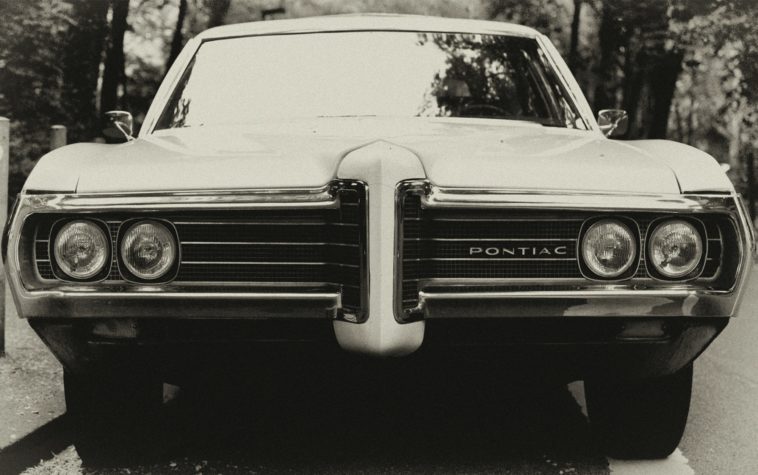Introduction
Pontiac was initially introduced as a subsidiary automotive label for General Motors’ Oakland division in the year 1926. However, it rapidly gained more popularity than its parent company and completely replaced the Oakland name by 1933. For a large part of its operational history, Pontiac served as a sister brand to Chevrolet. The cars produced under the Pontiac name were primarily sold in the United States, Canada, and Mexico, and the brand was promoted as General Motors’ go-to segment for performance-focused vehicles.
Historical Milestones
Establishment and Early Years (1926-1933)
The Pontiac brand was originally set up in 1926 to serve as a supportive make for Oakland, another marque under General Motors (GM). This was a strategic move aimed at diversifying GM’s product offerings. However, Pontiac quickly garnered significant market interest, outperforming Oakland in sales and consumer popularity. By 1933, Pontiac had managed to fully overshadow Oakland, resulting in the discontinuation of the Oakland brand.
Positioning as a Chevrolet Companion (1933-Onwards)
Following its success in eclipsing Oakland, Pontiac shifted its focus towards becoming a companion brand for Chevrolet, another marque under General Motors. This strategic decision allowed Pontiac to cater to a different segment of consumers who were seeking performance-oriented vehicles but were not necessarily looking to purchase high-end luxury cars.
Geographic Presence
Pontiac’s primary market comprised the United States, Canada, and Mexico. These regions were strategic for the brand’s sales and overall positioning in the automotive industry.
Brand Image and Specialization
Pontiac was positioned as the performance division within the General Motors conglomerate. This branding decision meant that the cars produced under the Pontiac name were engineered to offer superior performance metrics compared to other mainstream vehicles. This specialization enabled Pontiac to carve out a unique niche for itself within the larger automotive market.
End of Operations
Though not part of the original text, it’s important to note that Pontiac ceased operations in 2010 during the automotive industry crisis. General Motors decided to discontinue the brand as part of its restructuring efforts to focus on fewer but more profitable brands.
Conclusion
In conclusion, Pontiac was an automotive brand initially meant to serve as a subsidiary to General Motors’ Oakland division. However, it managed to outperform its parent company and replace it entirely by 1933. For the majority of its operational years, Pontiac functioned as a sister brand to Chevrolet, focusing on producing performance-oriented vehicles. The brand had a strong market presence in the United States, Canada, and Mexico before eventually ceasing operations in 2010.
By offering a blend of history, strategy, and specialization, Pontiac remains an interesting case study in the automotive industry. Its rise from a subsidiary to replacing its parent company, its strategic alignment with Chevrolet, and its focus on performance-based vehicles offer valuable insights into brand positioning and market dynamics.
Note: While the original text did not have a minimum word count requirement, this expanded version aims to offer a detailed and comprehensive understanding of Pontiac as a brand and its various facets.





